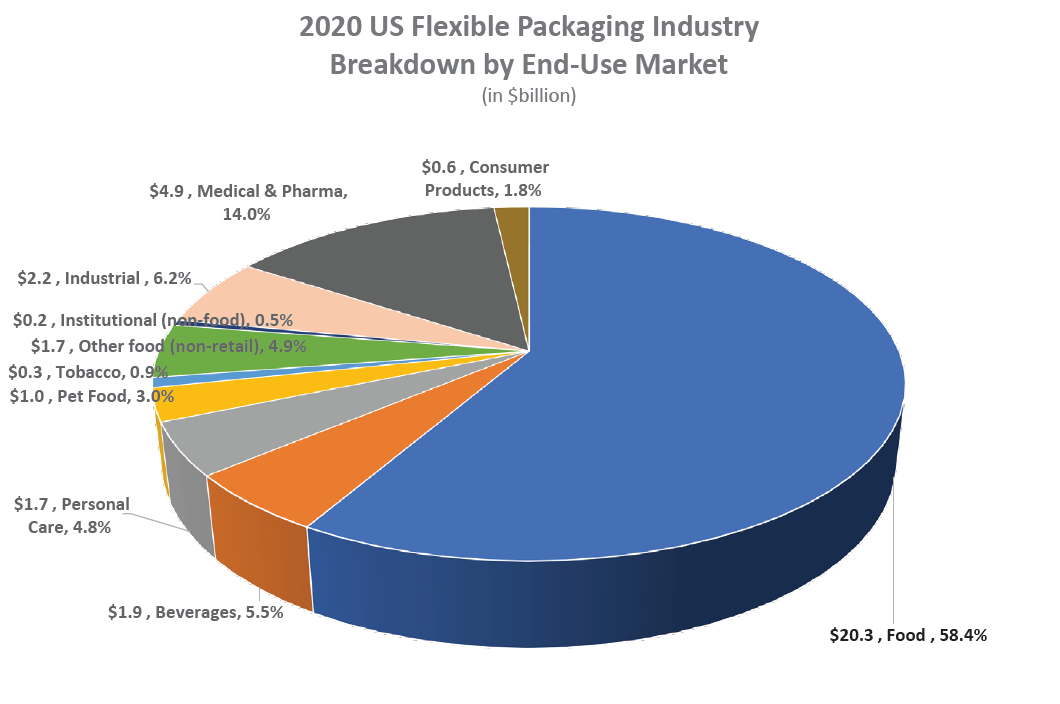Sustainability
VACUUM VERBIAGE: How can polymer marking improve packaging recycling rates? Paid Members Public
In the area of brand authentication, anti-counterfeiting and supply-chain verification, it is common to use overt or covert marking of the product or packaging. The features used for marking include colored fibers; specialist inks, such as infrared, fluorescing, color-shifting, metallic or holographic inks; barcodes; two-dimensional (snowflake) barcodes; and/or embossed
Halogen-free Flame Retardants for Laminating Adhesives: A Sustainability and Design Perspective Paid Members Public
Presented by Kathryn Cosentino, Alpha Engineered Composites Designing a more sustainable product or process presents a unique technical challenge for engineers to develop solutions that are cost-effective while meeting difficult performance requirements. Rather than considering sustainable development as an isolated initiative, an integrated systems-based approach to technology development with a

Shifting markets, broad range of new legislative efforts mean it’s time to “Unite for Flexibles” Paid Members Public
Supply-chain disruptions, workforce and raw-material availability and price were the stories of 2021 and will continue at least through Q2 2022. Much will depend on the prevalence and trajectory of the COVID-19 virus and its variants, which no one can predict; however, consumer habits certainly have changed for good and

Achieving a true circular economy for plastic packaging Paid Members Public
“Sustainable packages” will not solve our plastic waste problem. Empty plastic food packages are a big part of that waste. When today’s bread-bag film reappears in the market as a new bread bag next month, we have an effective “circular” solution. Click the link below to download the rest
Approaching Sustainability of Flexible Packaging in the Circular Economy Paid Members Public
Approaching Sustainability of Flexible Packaging in the Circular Economy presented by Vincent Martinez Sanz
A Roadmap to Reduce the Carbon Footprint for Coating and Laminating Lines Paid Members Public
Meeting the targets set out in the Paris Agreement will require a massive reduction in CO2 emissions worldwide in the coming years and decades, consequently leading to a fundamental transformation of the entire economy.

